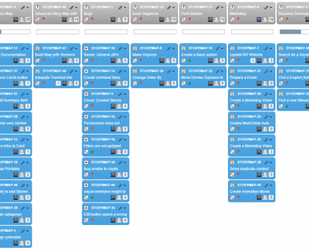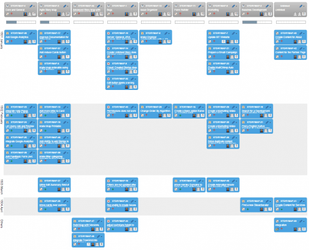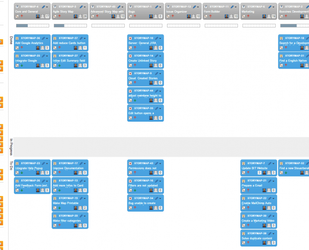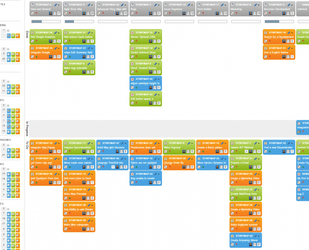Roadmap Planning Made Easy (or easier!)
All too often, the start of a large project is characterized by a type of fog. Nothing is clear except for a large volume of epics, stories and issues that immediately form the backlog. The product owner needs to start defining priorities, sprints and the eventual roadmap. The business wants to see the overall scope and estimated delivery times. Development teams need to know what elements are critical and where to start.



